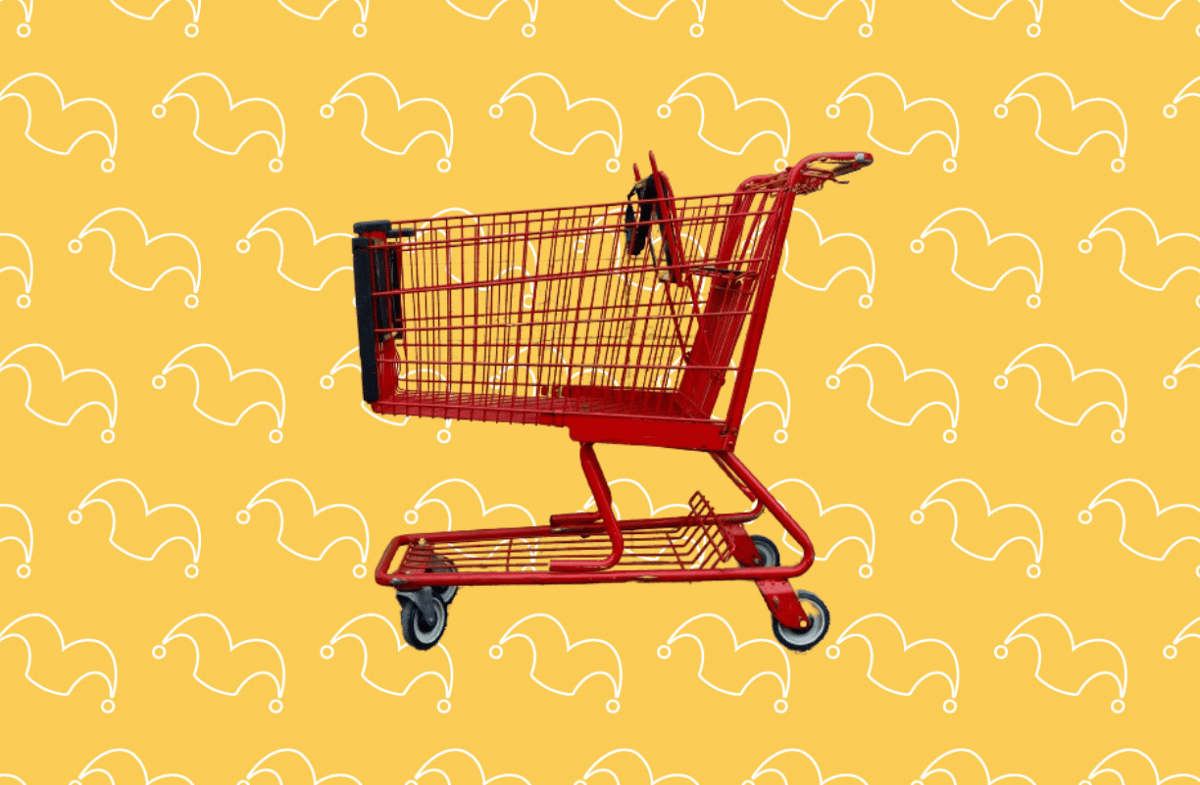Family Dollar closure sparks concerns about food deserts. Here’s what you can do

Dollar Tree just announced plans to close 1,000 stores. Most of the stores closing will be Family Dollar stores, with 600 stores expected to close by the end of the year. Another 370 Family Dollar stores and 30 Dollar Tree stores will close in the coming years.
This is worrying news for shoppers who currently rely on Family Dollar for their grocery shopping. The concern is that the lockdown could create gaps and increase food insecurity in some parts of the country.
Dollar stores and food deserts
Dollar stores like Dollar Tree, which owns Family Dollar, have grown rapidly in recent years. Some argue that it makes it easier for customers to access the lowest prices in times of high inflation. But there is another side to dollar stores. A study by the University of Toronto and UCLA Anderson found that independent grocery stores often close after a dollar store opens nearby.
Additionally, when dollar stores are in the mix, the amount of fresh produce people buy has dropped dramatically. Plus, it doesn’t always cost less. Last year we compared prices at Dollar General and Walmart. The dollar store had a slight edge overall, but some products were cheaper at Walmart.
Moreover, studies have shown that dollar stores can exacerbate so-called “food deserts,” areas that lack access to affordable, healthy food. The problem is that dollar stores often crowd out smaller community grocery stores. If dollar stores continue to close, as is the case with many Family Dollars, the community will have even fewer places to shop.
Stuck in a food desert? Here’s what you can do
Unfortunately, people living in low-income areas often pay more for food, especially fruits and vegetables. One reason is that wealthier areas have more supermarkets, giving consumers more choice. Another thing is that transportation is more difficult when you have less money in your bank account.
If you’re having trouble stretching your food budget and getting affordable, healthy food, take these four personal finance steps:
1. Online shopping
Grocery deliveries have skyrocketed since the pandemic began, making a game-changer for everyone who can’t easily get to the store. Check if cheap supermarkets deliver to your home. A Brookings study found that 90% of people living in food deserts now use at least one delivery service.
Many online stores, including Aldi, Walmart, Target, and Amazon, accept SNAP payments with EBT cards. You may be required to use a credit or debit card to pay shipping and other fees. Find out how much shipping costs and be wary of price increases if you use a service like Instacart or DoorDash.
2. Make every supermarket visit or delivery count
If getting to the supermarket is difficult, reduce your trips and stock up on non-perishable food. Buy rice, pasta, beans, canned goods and more in bulk. And by stocking your freezer with frozen vegetables, you can prepare healthy meals. Make a list so you don’t forget anything, and use cashback apps to earn a little extra money.
I place a large online shipping order once a month for all my staples. This saves you time and means you don’t have to pay for multiple deliveries or trips to the store. Buying in bulk is also another great way to save money.
3. Visit a local farmers market
Farmers’ markets aren’t always cheaper than supermarkets, but they can be, especially if you’re looking for seasonal produce. In some states, not only will you receive SNAP benefit payments at certain farmers markets, but you will also receive double food for every SNAP dollar you spend.
It is also worth asking traders for a value known as a “second.” Seconds may be slightly discolored or deformed, making them difficult to sell. You may need to use up your produce a little sooner or cut out the bad bits. But they generally taste good, and if you make them into soups, sauces, or smoothies, no one will notice.
If you have a green sense, one way to get cheap, fresh produce is to grow your own. Growing a community garden means you don’t have to go it alone. Check out the American Community Gardens Association website or use social media to connect with projects near you. If you are a SNAP recipient, it is good to know that you can use your SNAP benefits to pay for seed costs.
If you can’t find an urban farming organization near you, look online for resources on how to get started. It may not be a short-term solution, but it can be powerful. For example, Detroit has become known for projects to reclaim urban space and use it to grow food. yes magazine There are currently more than 1,400 community gardens and farms in the city. These activities can help communities become more resilient and less dependent on supermarket chains.
conclusion
The closure of nearly 1,000 Family Dollar stores could be a blow to communities that rely on them for groceries. But the growth of online shopping means there may be cheaper alternatives that can be delivered to your doorstep. And perhaps the closure will act as a stimulus for farmers markets and local urban agriculture projects.
NOTE: Our top-tier cashback cards now offer a 0% introductory APR through 2025.
This credit card isn’t just good. A truly outstanding card that our experts use personally. Features a long 0% intro APR period, cash back rates of up to 5%, and no annual fee!
Click here to read the full review for free and apply in just 2 minutes.


